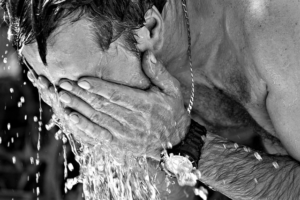Industrial destratification fans are crucial for controlling thermal stratification in harsh environments, enhancing air circulation, reducing energy costs, and mitigating corrosion risks in large industrial spaces. Designed to withstand extreme temperatures, humidity, and corrosive elements, these fans use stainless steel construction, advanced motor designs, and smart controls to provide optimal performance, worker comfort, and cost savings in manufacturing plants, warehouses, and other facilities with high-ceilings.
In industries facing harsh conditions, corrosion-resistant industrial destratification fans are essential for maintaining optimal air quality and worker safety. This article delves into understanding the unique challenges of corrosion in such environments and explores how specialized destratification fans mitigate these issues. We’ll examine key features ensuring durability, material choices, and design considerations. Additionally, we’ll highlight various applications and benefits of industrial destratification fans, underscoring their role as game-changers in robust operations.
- Understanding Corrosion in Harsh Environments
- The Role of Destratification Fans in Industry
- Key Features for Resisting Harsh Conditions
- Material and Design Considerations for Durability
- Applications and Benefits of Industrial Destratification Fans
Understanding Corrosion in Harsh Environments
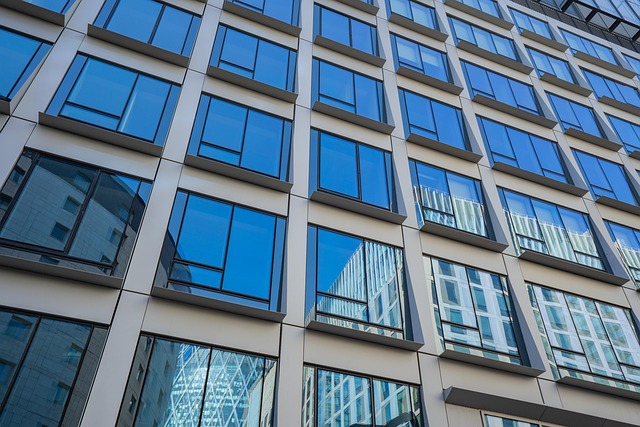
Corrosion in harsh environments is a significant concern for various industries, particularly those operating in coastal areas, or regions with high humidity and extreme temperature fluctuations. These conditions create an ideal breeding ground for corrosion, which can severely impact the longevity and performance of equipment, especially in industrial facilities. Understanding this process is key to selecting appropriate solutions for long-term durability.
Industrial destratification fans, designed for demanding applications like manufacturing plants, warehouse applications, and heavy duty construction sites, must be built to withstand such challenges. They play a vital role in controlling thermal stratification in high ceiling spaces, ensuring even air circulation across large spaces. By promoting efficient cooling and worker comfort improvement, these fans not only reduce energy cost reduction but also mitigate the risks associated with corrosion.
The Role of Destratification Fans in Industry
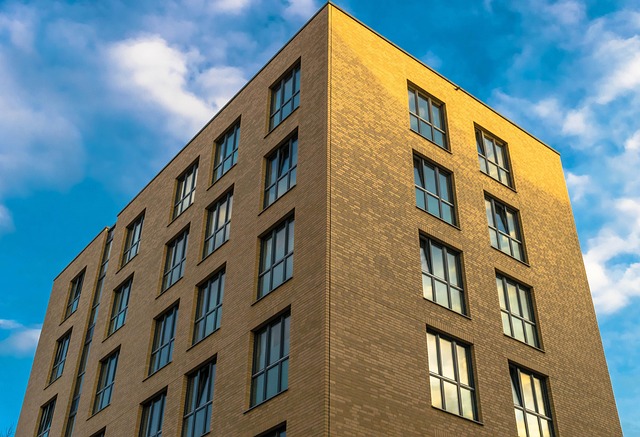
Industrial destratification fans play a pivotal role in maintaining optimal conditions within various industrial facilities, manufacturing plants, and warehouse applications. By effectively addressing thermal stratification control, these fans are instrumental in ensuring efficient and safe operations. In large space air circulation scenarios, such as factory cooling or heavy duty construction sites with high ceiling spaces, destratification fans help mix warm and cool air, preventing the formation of harmful temperature gradients.
This strategic approach not only contributes to worker comfort improvement but also significantly reduces energy cost reduction by minimizing the workload on other climate control systems. By breaking up stagnant layers of air, these industrial destratification fans foster a more uniform distribution of temperature and humidity, enhancing overall operational efficiency and productivity in manufacturing plants and warehouse environments alike.
Key Features for Resisting Harsh Conditions

When it comes to industrial destratification fans designed for harsh conditions, several key features set them apart. First and foremost, these fans are built with robust materials that can withstand extreme temperatures, moisture, and corrosive elements prevalent in manufacturing plants and warehouse applications. Heavy-duty construction, often featuring stainless steel or other corrosion-resistant alloys, ensures longevity even in the toughest industrial facilities.
Additionally, they employ advanced technologies to enhance performance and energy efficiency. This includes innovative motor designs for reliable operation and minimal maintenance, as well as smart controls that optimize air circulation in large space air conditioning, facilitating thermal stratification control. These features not only contribute to significant energy cost reduction but also improve worker comfort by ensuring uniform cooling in high ceiling spaces, making them ideal for factory cooling requirements.
Material and Design Considerations for Durability
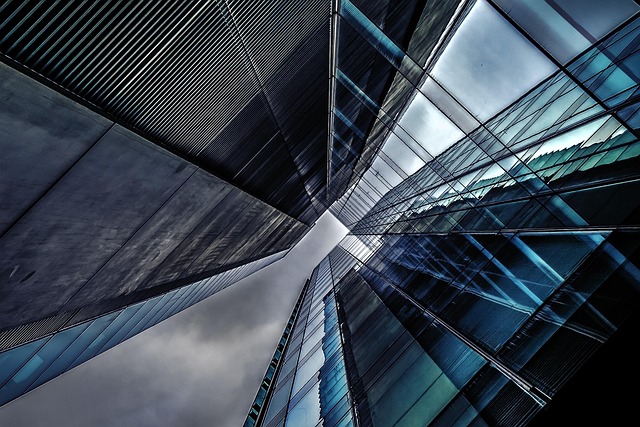
When designing and selecting industrial destratification fans for harsh conditions, material and design considerations are paramount to ensure durability. Fans destined for industrial facilities, manufacturing plants, or warehouse applications must withstand rigorous testing, especially in high-humidity, dust-prone, or corrosive environments. Stainless steel, for instance, is a preferred choice due to its anti-corrosive properties, making it ideal for heavy duty construction and large space air circulation in factories.
In addition to material strength, designers focus on robust bearings, sealed motors, and efficient blade systems to enhance longevity. These features not only contribute to the fan’s ability to maintain thermal stratification control but also play a significant role in energy cost reduction and worker comfort improvement. For instance, using high-quality materials and construction methods can help prevent premature wear and tear, ensuring optimal performance for years, even in challenging conditions.
Applications and Benefits of Industrial Destratification Fans
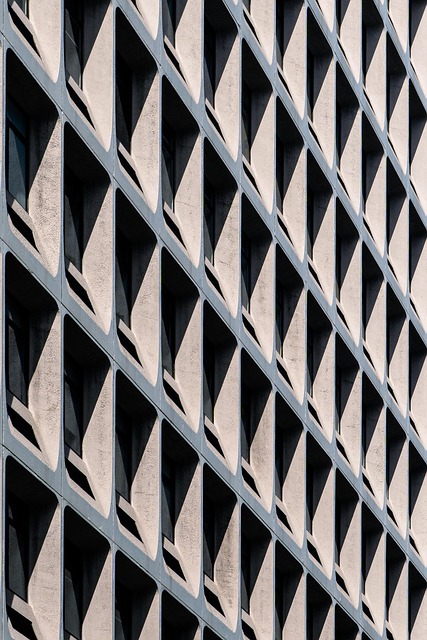
Industrial destratification fans play a pivotal role in various applications across diverse industries known for their harsh operating conditions. These powerful ventilation systems are designed to combat thermal stratification, a common issue in large spaces where hot and cold air layers separate, leading to inefficient energy distribution. By circulating air evenly, destratification fans ensure optimal temperature control, enhancing worker comfort and productivity.
In manufacturing plants and warehouses, for instance, these fans facilitate factory cooling by dispersing heat generated by machinery and equipment. This not only prevents thermal hotspots but also contributes to significant energy cost reduction. Their heavy-duty construction and resilience make them suitable for high ceiling spaces in industrial facilities, where traditional cooling methods might struggle. Effective thermal stratification control is achieved through their efficient large space air circulation capabilities, making industrial destratification fans a game-changer in maintaining optimal working environments.
Industrial destratification fans, with their robust design and corrosion-resistant features, are indispensable in harsh environments. By understanding the unique challenges of these settings, we can leverage the power of these fans to improve air quality, enhance safety, and drive operational efficiency across various industries. The key lies in choosing models equipped with advanced materials and thoughtful design considerations, ensuring longevity and reliability even in the most demanding conditions.

